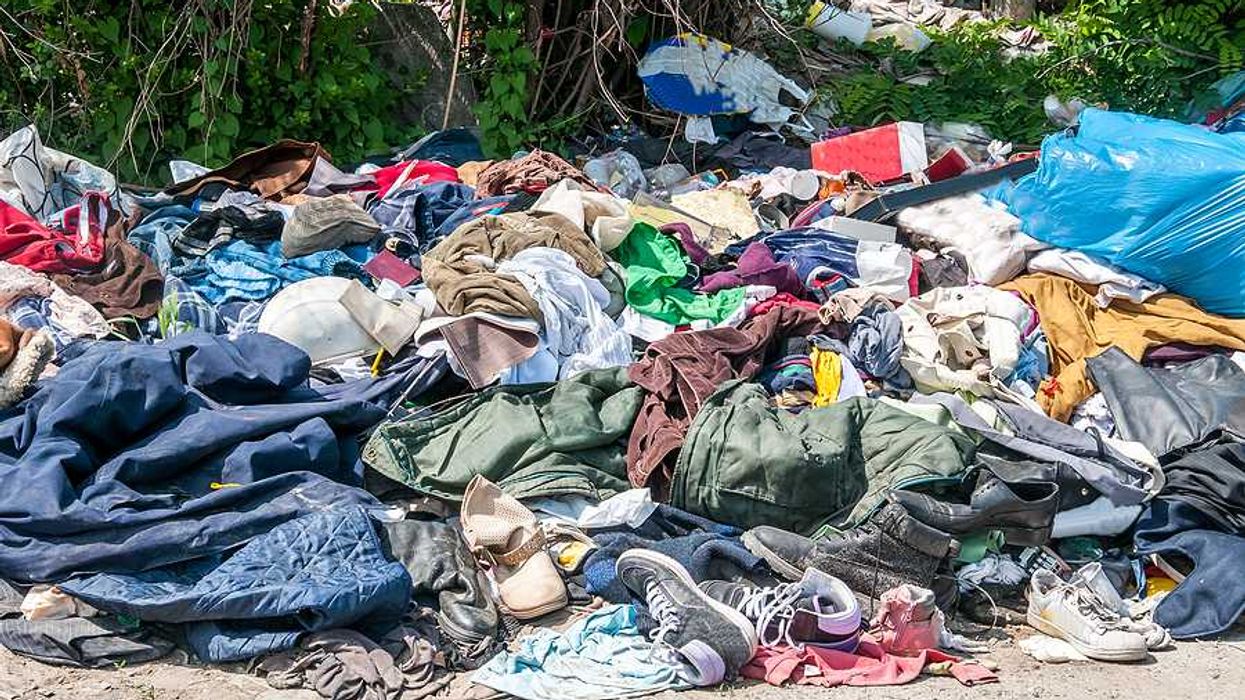European wines made since 2010 show a steep increase in contamination by trifluoroacetic acid (TFA), a persistent chemical linked to fertility risks and the use of PFAS pesticides.
Ajit Niranjan reports for The Guardian.
In short:
- Researchers found no TFA contamination in wines produced before 1988, but wines made after 2010 showed a sharp increase, with recent vintages averaging 121 micrograms per liter.
- TFA is a byproduct of PFAS chemicals, which are widely used in pesticides and refrigerants and are known for their persistence in the environment and potential to disrupt reproductive health.
- Organic wines had lower TFA levels than conventional ones, but all types showed contamination, prompting calls to ban PFAS pesticides across the European Union.
Key quote:
“Overall they are consistent with what the scientific community knows about the alarming rise of TFA in essentially anything we can measure.”
— Hans Peter Arp, lead author of the study and researcher at the Norwegian University of Science and Technology
Why this matters:
Trifluoroacetic acid is one of the many chemical shadows cast by the widespread use of PFAS, often dubbed “forever chemicals” because of their extreme persistence in nature. Unlike other pollutants that degrade over time, TFA resists natural breakdown and accumulates in water, soil, and food. Its origin traces back to sources like fluorinated refrigerants and PFAS-laden pesticides — products of industries that, in replacing banned substances like CFCs, may have inadvertently traded one ecological hazard for another. While early studies paid little attention to TFA’s health effects, recent research suggests it may affect reproductive systems, echoing broader concerns about endocrine disruptors and fertility. The fact that even organic wines are affected raises alarms about the pervasiveness of the contamination and the difficulty of avoiding exposure. As regulators weigh the mounting evidence, will this growing chemical footprint prompt rethink of chemical use in agriculture and manufacturing?














